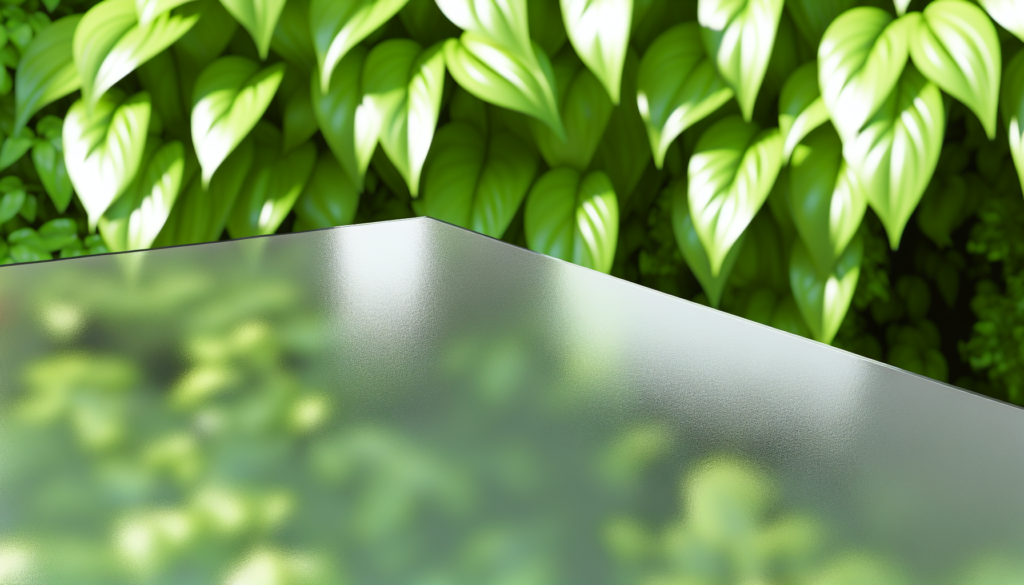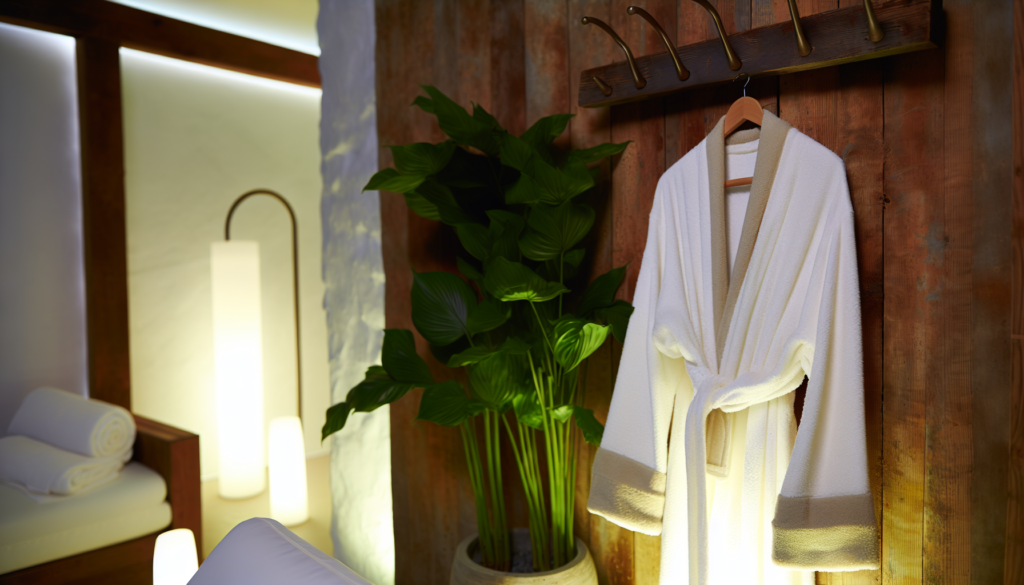Dealing with oily skin can often feel like an uphill battle. That shine that appears just hours after cleansing, the constant blotting, and the frustrating breakouts that seem to pop up at the worst possible times. If you’re nodding your head in agreement, you’re certainly not alone. Millions of women struggle with excess sebum production, but the good news is that with the right skin care solutions for oily skin, you can effectively manage this condition and achieve that healthy, balanced complexion you’ve been dreaming of. Let’s explore ten game-changing solutions that beauty experts and dermatologists recommend for those of us blessed (or cursed) with overactive oil glands.
Understanding Oily Skin
Before diving into treatments, it’s important to understand what’s actually happening with your skin. Oily skin occurs when the sebaceous glands produce excess sebum, the natural oil that helps keep your skin hydrated. Factors like genetics, hormonal changes, climate, and even certain skincare products can trigger these glands to go into overdrive.
The challenge is finding that perfect balance – removing excess oil without stripping your skin of the natural oils it needs to stay healthy. Too harsh, and you’ll trigger even more oil production as your skin tries to compensate. Too gentle, and you won’t address the problem at all.
1. Double Cleansing Method
One of the most effective strategies for managing oily skin starts with proper cleansing. The double cleansing method, which originated in Korean skincare routines, involves using an oil-based cleanser followed by a water-based cleanser.
“Wait, adding oil to oily skin?” Yes! Oil dissolves oil, making it incredibly effective at removing makeup, sunscreen, and excess sebum without stripping your skin. Follow up with a gentle foaming cleanser to remove any remaining residue for a clean slate that isn’t tight or irritated.
2. Incorporate Salicylic Acid Products
Salicylic acid is a beta-hydroxy acid (BHA) that works wonders for oily skin. Unlike alpha-hydroxy acids which work on the skin’s surface, salicylic acid is oil-soluble, meaning it can penetrate deep into pores to dissolve excess sebum and remove dead skin cells.
Look for cleansers, toners, or treatments containing 0.5-2% salicylic acid. Using these products 2-3 times a week can significantly reduce oil production and prevent clogged pores that lead to breakouts.
3. Clay Masks: Your Weekly Deep Clean
Clay masks are like magnets for excess oil. Ingredients like kaolin, bentonite, or French green clay draw out impurities and absorb sebum, leaving your skin feeling refreshed and matte.
How to Use Clay Masks Effectively:
Using a clay mask 1-2 times a week can make a noticeable difference in controlling oil throughout the week.
4. Don’t Skip Moisturizer
It might seem counterintuitive, but moisturizing is crucial even for oily skin. When you deprive your skin of moisture, it often responds by producing even more oil to compensate.
Choose oil-free, non-comedogenic gel or lotion formulations that contain hydrating ingredients like hyaluronic acid or glycerin. These lightweight options provide necessary hydration without that heavy, greasy feeling that cream moisturizers can leave behind.
5. Niacinamide: The Multi-Tasking Superhero
Niacinamide (Vitamin B3) has become a skincare darling for good reason. This powerful ingredient helps regulate oil production, strengthens the skin barrier, reduces redness, and even helps fade dark spots.
Studies have shown that products containing 2-5% niacinamide can reduce sebum production by up to 50% after four weeks of consistent use. Look for serums or treatments that highlight this ingredient, and apply them after cleansing but before moisturizing.
6. Chemical Exfoliation Over Physical Scrubs
While scrubs might give you that immediate squeaky-clean feeling, they can actually irritate oily skin and stimulate more oil production. Instead, opt for chemical exfoliants like AHAs (glycolic or lactic acid) or BHAs (salicylic acid).
These exfoliants work by dissolving the bonds between dead skin cells, allowing them to be easily removed without the harsh scrubbing. Start with once-weekly treatments, gradually increasing to 2-3 times per week as your skin builds tolerance.
7. Oil-Free, Mattifying Sunscreen
Sunscreen is non-negotiable for all skin types, but finding one that doesn’t leave oily skin looking like a greasy mess can be challenging. Look for oil-free, mattifying formulations specifically designed for acne-prone or oily skin.
Many brands now offer lightweight, fast-absorbing sunscreens with added oil-control benefits. Some even contain silica or similar ingredients that help absorb excess oil throughout the day.
8. Blotting Papers for On-the-Go Touch-ups
Keep oil at bay throughout the day with blotting papers. These thin sheets absorb excess oil without disturbing your makeup, making them perfect for midday touch-ups.
The best part? They’re affordable and easily portable. Just press (don’t rub) the paper against oily areas like your T-zone to remove shine without adding more products to your skin.
9. Weekly Treatments with Retinoids
Retinoids (vitamin A derivatives) are powerhouse ingredients that can transform oily skin over time. They work by normalizing skin cell turnover, preventing the clogging of pores, and reducing oil production.
Start with over-the-counter retinol products before considering prescription-strength options. Begin using them just once or twice a week at night, gradually increasing frequency as your skin adjusts. And always follow with moisturizer and increase your sun protection, as retinoids can make your skin more sensitive to UV damage.
10. Hydrating Face Masks
In addition to clay masks, incorporating hydrating masks into your routine can help balance oil production. Look for gel-based masks with ingredients like aloe vera, cucumber, or hyaluronic acid.
These masks provide intense hydration without heaviness, sending signals to your sebaceous glands that they don’t need to produce as much oil. Use them 1-2 times weekly, especially after using more intense treatments like clay masks or exfoliants.
Putting It All Together: Creating Your Oily Skin Routine
The key to managing oily skin is consistency and patience. Results don’t happen overnight, but with regular use of the right skin care solutions for oily skin, you’ll notice significant improvements within 4-6 weeks.
A basic routine might look like this:
Morning:
Evening:
Weekly:
Remember that everyone’s skin is unique, so you may need to adjust this routine based on how your skin responds. And don’t forget that factors like diet, stress, and hormonal changes can all impact oil production, so a holistic approach to skin health is always best.
With these ten skin care solutions for oily skin, you’re well-equipped to take control of shine and enjoy a balanced, healthy complexion. Remember that oily skin actually has some long-term benefits – it tends to develop fewer wrinkles and maintain its youthful appearance longer than dry skin types. So while the short-term challenges can be frustrating, your future self may thank you for those hardworking oil glands!







